
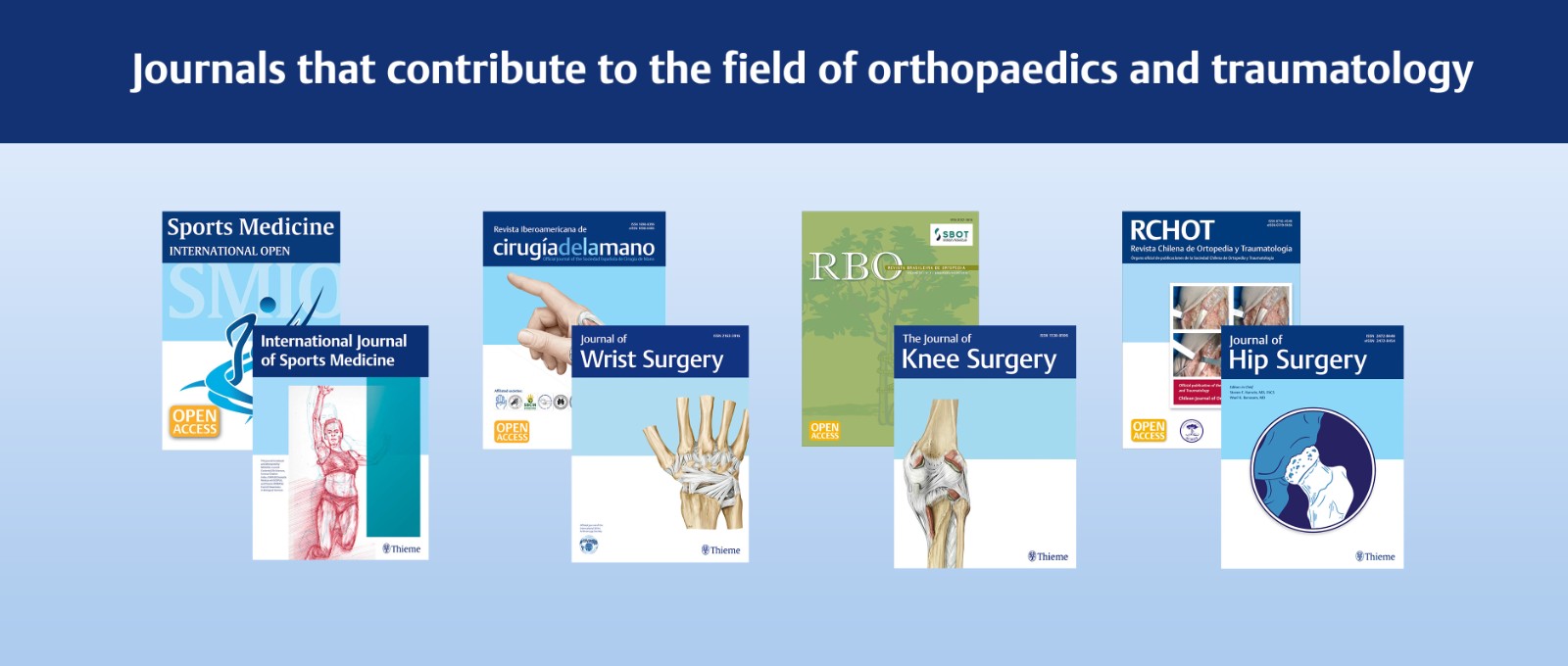
International Journal of Sports Medicine
Relaxed Alert Electroencephalography Screening for Mild Traumatic Brain Injury in Athletes
Abdul Baki S et al.
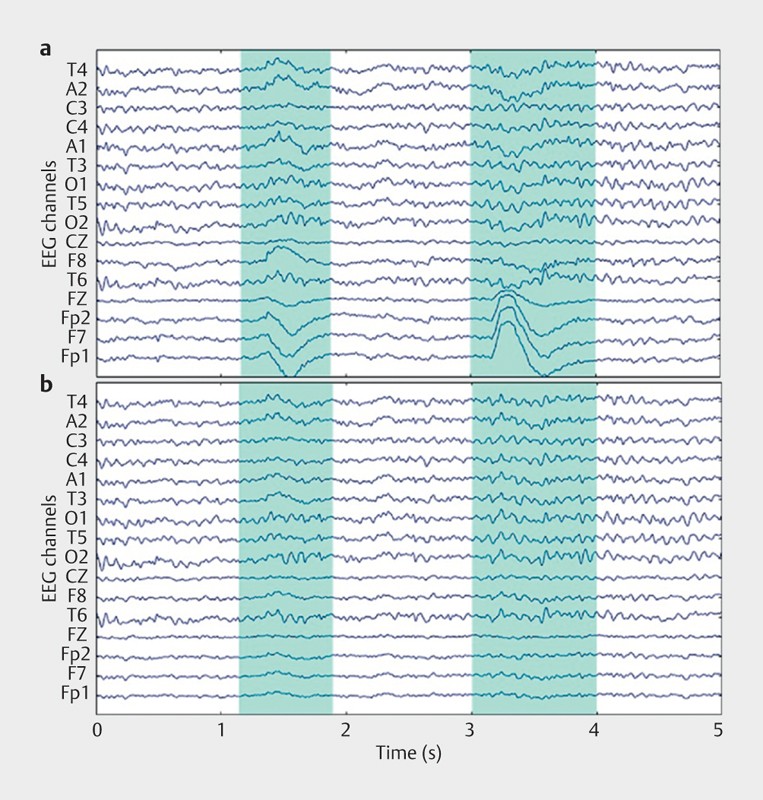
Due to the mildness of initial injury, many athletes with recurrent mild traumatic brain injury (mTBI) are misdiagnosed with other neuropsychiatric illnesses. This study was designed as a proof-of-principle feasibility trial for athletic trainers at a sports facility to generate electroencephalograms (EEGs) from student athletes for discriminating (mTBI) associated EEGs from uninjured ones. A total of 47 EEGs were generated, with 30 athletes recruited at baseline (BL) pre-season, after a concussive injury (IN), and post-season (PS). Outcomes included: 1) visual analyses of EEGs by a neurologist; 2) support vector machine (SVM) classification for inferences about whether particular groups belonged to the three subgroups of BL, IN, or PS; and 3) analyses of EEG synchronies including phase locking value (PLV) computed between pairs of distinct electrodes. All EEGs were visually interpreted as normal. SVM classification showed that BL and IN could be discriminated with 81% accuracy using features of EEG synchronies combined. Frontal inter-hemispheric phase synchronization measured by PLV was significantly lower in the IN group. It is feasible for athletic trainers to record high quality EEGs from student athletes. Also, spatially localized metrics of EEG synchrony can discriminate mTBI associated EEGs from control EEGs.
Journal of Hand and Microsurgery
Flexor Tendon Pulley Injuries: A Systematic Review of the Literature and Current Treatment Options
Artiaco et al.
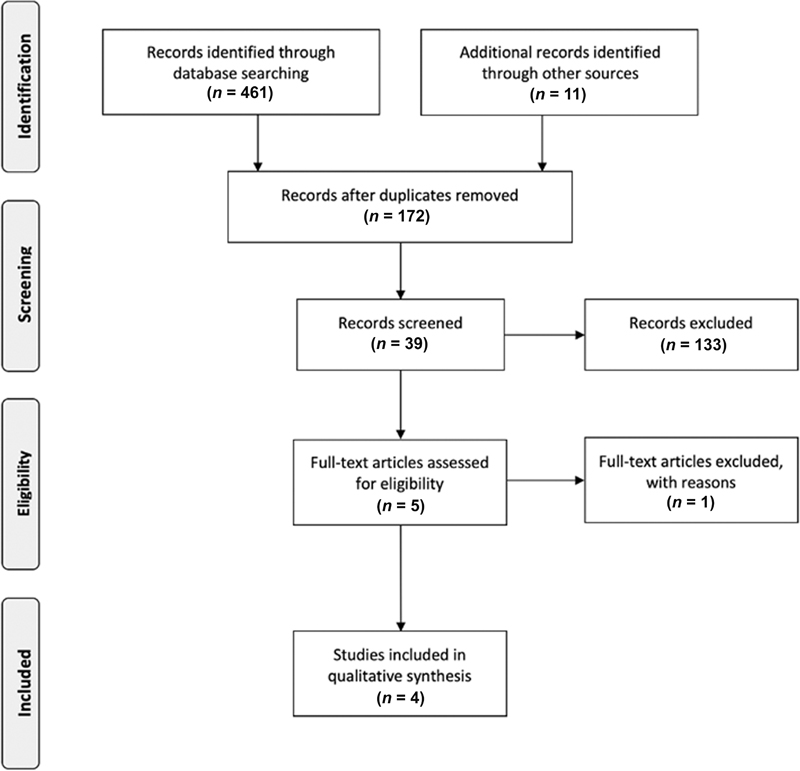
Closed injuries of the finger flexor pulley system are rare among the general population, and most of them occur during rock climbing. During the last few decades, scientific interest on this topic has increased. We conducted a systematic review of the literature according to the Preferred Reporting Items for Systematic reviews and Meta-Analyses (PRISMA) guidelines...
Journal of Wrist Surgery
A Stepwise Intraoperative Protocol to Minimize Complications after Volar Plating
Goorens et al.
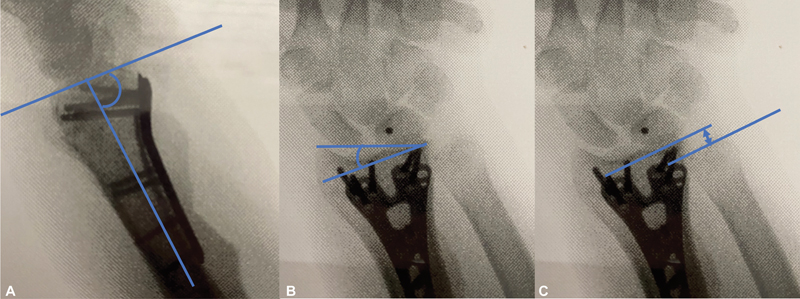
Although outcome of volar plating is generally good, care should be taken to avoid specific iatrogenic and preventable complications, with an incidence reporting averaging 15%. Flexor tendon rupture due to a prominent plate, extensor tendon rupture due to a dorsal protruding screw tips, cartilage lesions due to intra-articular screw placement, loss of reduction due to insufficient stability, and persisting ulnar pain with distal radioulnar joint instability due to unstable triangular fibrocartilaginous complex lesions or unstable ulnar styloid base fractures all have been described.
The Journal of Hip Surgery
Total Hip Arthroplasties in Polio Survivors: A Systematic Review
Akadiri et al.
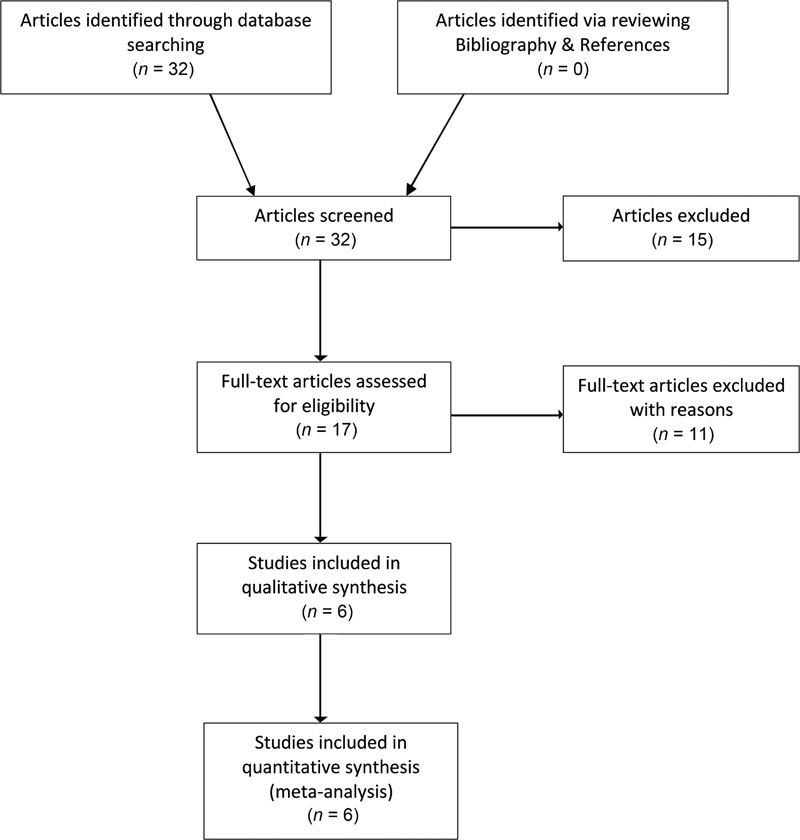
There is a paucity of evidence regarding outcomes of post-polio patients following total hip arthroplasty (THA). This systematic review examines the evidence regarding implant choice, surgical planning, outcomes, and complications for post-polio patients undergoing THA. A multidatabase literature search was performed. Included articles were assessed for methodological quality using the abridged Downs and Black's criteria. Data was extracted regarding patient demographics, intraoperative details, outcome measures, and postoperative complications. Six articles were included in this review; all were retrospective case series. One hundred and six hips in 97 patients underwent THA. There was no consensus regarding the optimal approach or implant fixation. Patient-reported outcome measures (PROMs) showed a demonstrable improvement following THA. Postoperative dislocation was more common compared with patients without post-polio syndrome. Patients with post-polio syndrome who undergo THA have beneficial outcomes as determined by improvements in PROMs. Higher quality research may not be possible due to the increasing rarity of patients suffering from polio.
The Journal of Knee Surgery
Three-Dimensional Orientation of the Native Anterior Cruciate Ligament in Magnetic Resonance Imaging
Morales et al.
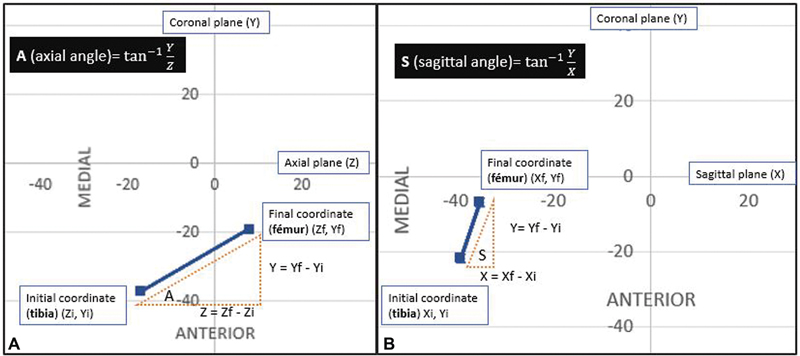
The aim of this study was to describe the three-dimensional orientation of the native anterior cruciate ligament (ACL) in magnetic resonance imaging (MRI) by calculating the angles of inclination in relation to the axial plane which is given for the knee joint line in a group of healthy individuals. These could help to establish guidelines that may be used for the surgical positioning of bone tunnels during ACL reconstruction. A total of 290 MRI scans of patients with integrity of the ACL were evaluated; three observers identified the coordinates of the femoral and tibial insertion sites, then it is defined the vector and evaluated its angles with respect to axial axis and calculated the angles with trigonometric equations. The data were analyzed according to the age, sex, side, BMI, and height of the patients, and the interobserver reliability was calculated.

Revista Chilena de Ortopedia y Traumatología
Negrín et al.
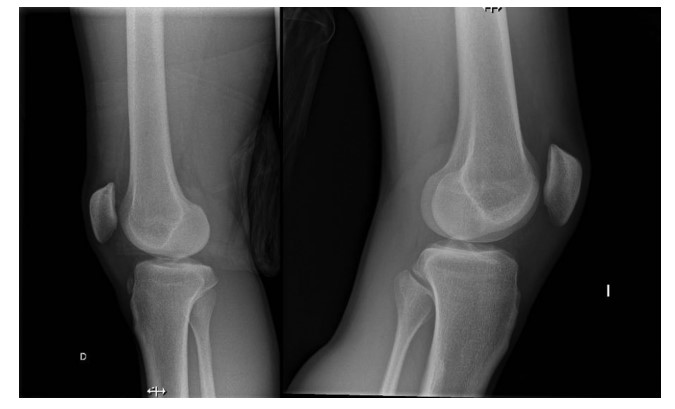
The proximal tibiofibular joint is very stable, it is made up of 2 large ligament complexes, the anterior and the posterior, which makes its injury infrequent. Instability can occur atraumatically or traumatically, with anterolateral instability being the most common, with disruption of the posterior ligament complex. The clinical picture is variable; However, it is characterized by pain at the level of the fibular head and instability of the joint when examined. For its part, the imaging study begins with the AP and lateral x-ray, and may require further studies. It is a pathology that is usually underdiagnosed, which is why a high index of suspicion is required. Treatment is typically conservative and depends on the cause and timing of the injury. In cases of chronic instability, recurrence, or irreducibility, surgical intervention is likely necessary. Various techniques have been described in the literature, but no superiority has been demonstrated to date.
Ibero-American Journal of Hand Surgery
de Oliveira et al.
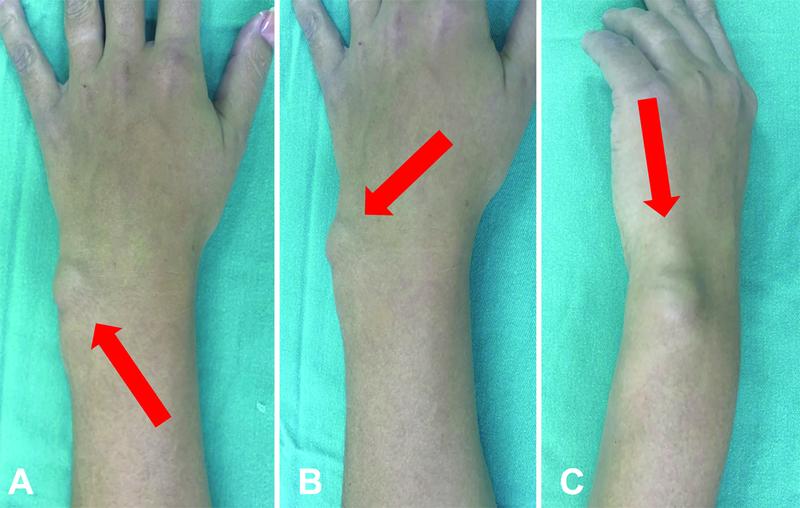
We call tenoscopy the procedure where an endoscopic approach to tendon sheaths is performed. It has already been described for the treatment of ankle, elbow, shoulder, wrist, and hand disorders. We have treated with tenoscopy a series of eight wrists in six patients with chronic inflammatory processes of the sixth extensor compartment of the wrist with no improvement with initial conservative treatment. The procedure begins with an arthroscopy of the radiocarpal and midcarpal spaces to rule out other intra-articular causes of ulnar-sided pain in the wrist. Then, through the 6R portal, the capsule, and the deep portion of the sheath of the extensor carpi ulnaris are resected, gaining access to the inside aspect of the sixth compartment.
Brazilian Journal of Orthopaedics
Rittipoldech et al.
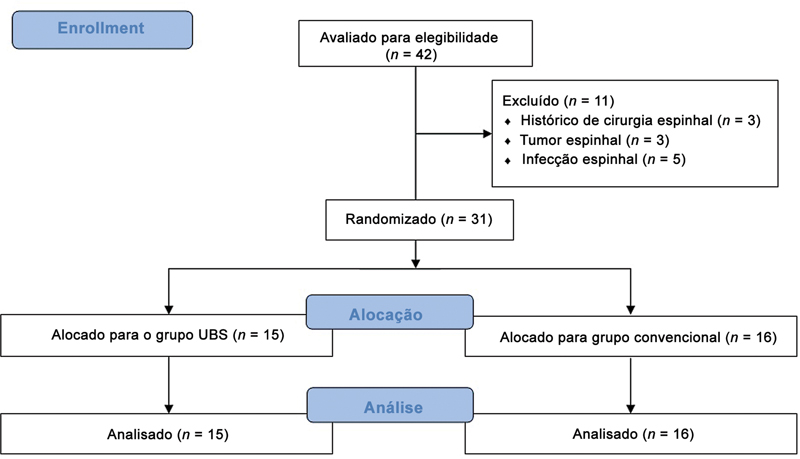
The purpose of the present study is to compare intraoperative blood loss, operating time, laminectomy time, hospital length of stay, and complications in thoracolumbar spinal decompression using ultrasonic bone scalpels (UBSs) with conventional procedures.
Sports Medicine International Open
Perioperative Management in the Collegiate Athlete: An Integrated Approach
Rugg CM et al.
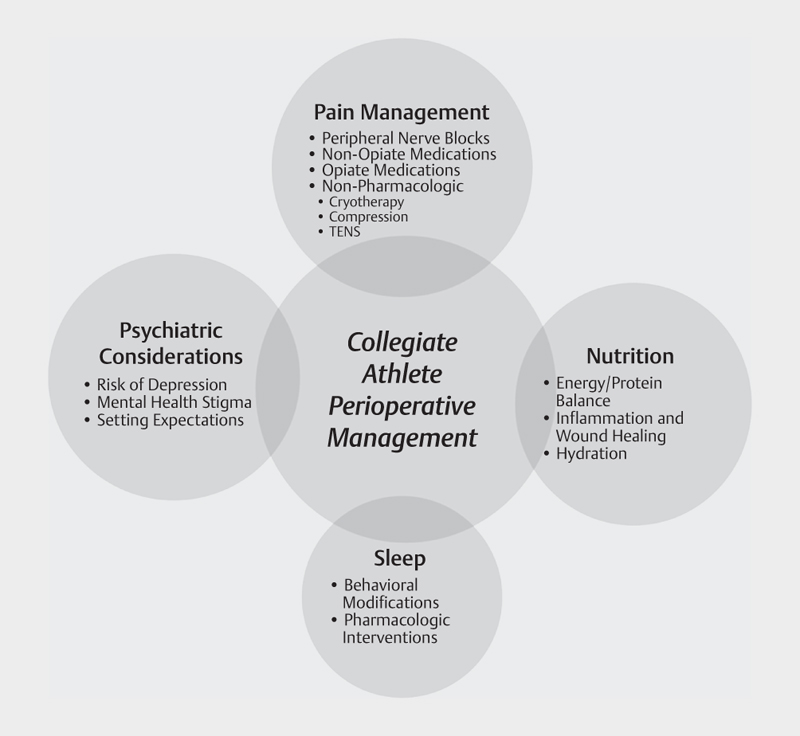
Collegiate athletes face rigorous physical, academic, and emotional demands. While significant attention has been paid to injury prevention among young athletes in the past two decades, orthopedic injury rates remain high among collegiate athletes, and a significant number will undergo surgical management for injuries each year. In this narrative review, we describe techniques for perioperative management of pain and stress after surgery in collegiate athletes. In particular, we outline pharmacologic and non-pharmacologic management of surgical pain, with a goal of minimizing opiate consumption. We emphasize a multi-disciplinary approach to optimizing post-operative recovery in collegiate athletes help minimize reliance on opiate pain medication. Additionally, we recommend that institutional resources should be harnessed to support athletes in their well-being, from a nutritional, psychological and sleep standpoint. Critical to success in perioperative pain management is the communication among the athletic medicine team members and with the athlete and family to address pain and stress management and encourage timely, safe return to play.
